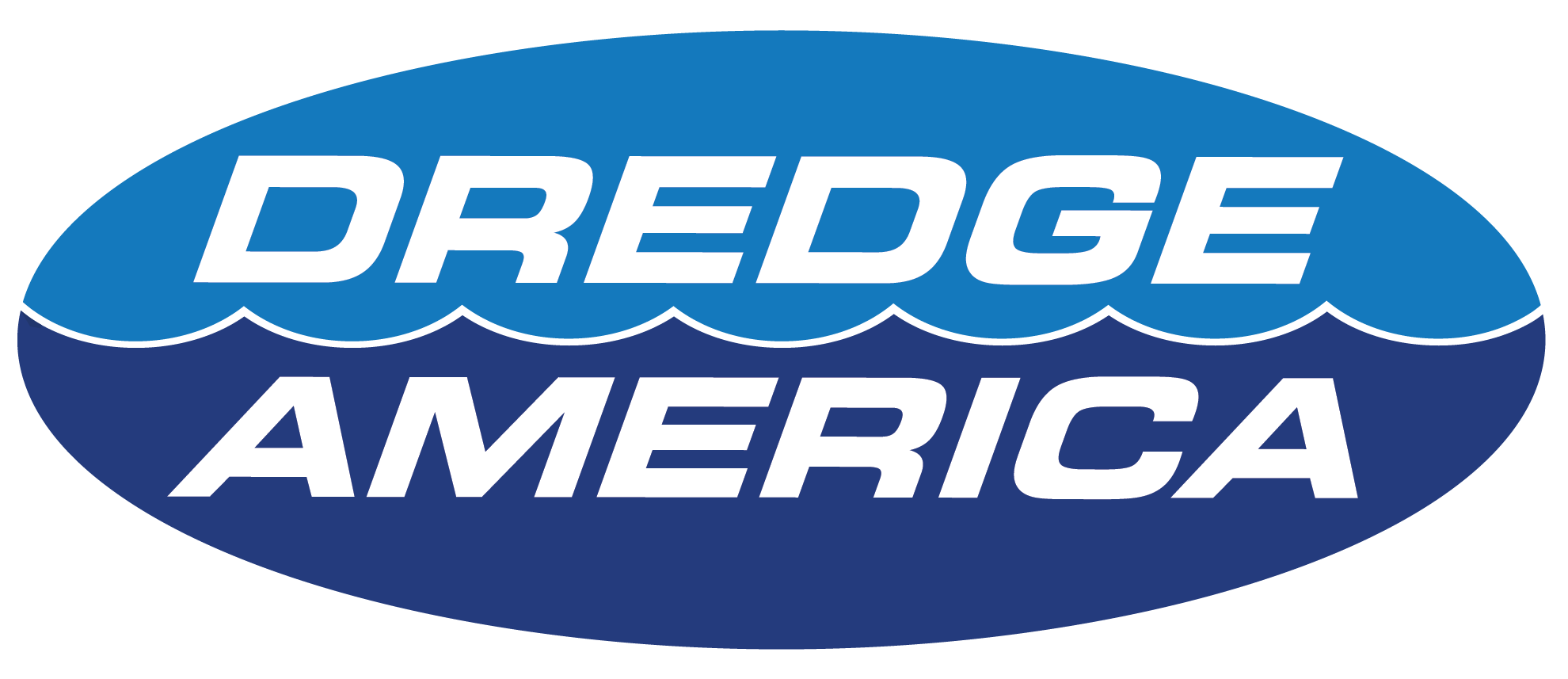Course Friendly Options for Water Management
Water is an essential component of golf courses. Lakes and ponds provide both aesthetics for the course and an irrigation source for turf. When sediment builds up in these lakes, it can cause problems in a variety of ways:
- The first sign of trouble is shallow water near the head of the lake or at the end of the coves where drainage enters the lake. Unsightly weeds begin to emerge. At first this area is limited to a small area. However, over time, this area grows further into the lake and the lake starts shrinking.
- Next, water quality begins to deteriorate. After rainfall or high winds, more sediment is deposited and re-suspended. The water takes longer to clear and, more often than not, is a murky brown color. The water quality is noticeably lower than in past years. This reflects on the aesthetics of the entire course.
- Finally, problems develop with irrigation. This might manifest itself as sediment clogs up sprinkler heads or as a decrease in water quantity in high usage months. As sediments fill the lake, less water capacity is available for irrigation, since the sediments are taking up the space that was once occupied with water.
The process that occurs when sediment fills a lake is known as eutrafication. It is a natural process that evolves over a number of years. Accelerated eutrafication occurs when ground cover vegetation is disturbed within the drainage basin. What might occur naturally over a period of a hundred years or more can occur in a matter of months during a construction project in which no effective erosion control measures are put in place. Too often, silt fence and other erosion control measures are not properly installed or maintained after installation. This leads to topsoil runoff and, over time, causes the lake to disappear. Long before it disappears however, the character of the lake declines to the point that it becomes an eyesore to the course.
So what is a golf course superintendent to do? Typically superintendents have taken several paths to solving the problem:
Drain the lake
This method will usually require building a haul road across the golf course to provide access for heavy trucks to haul the sediment offsite. Disturbing golf play, re-grading the haul road and re-turfing the area are all additional inconveniences. Draining the lake is highly susceptible to weather issues. Since water will naturally drain to this area, even a small rain may impact the schedule for an extended period of time. It may take weeks or months for the material to dry enough to excavate and haul offsite.
Another consideration, is the undetermined amount of time until the lake is restored and filled again with water. Depending on the size of the drainage basin and the amount of rainfall, it may take several months for the lake to fill back to capacity.
Mechanically remove sediment from the shoreline
This method does not require draining the lake, but addresses the sediment issue from the shoreline. Heavy excavation equipment is hauled to the shoreline and surrounding trees and other obstructions are removed and leveled for the equipment to work safely.
Mechanical removal avoids the issue of refilling the lake, but is limited by the reach of the dragline or long reach excavator. Most common mechanical excavators used in this kind of excavation reach 40 or 50 feet from the shoreline, so candidates for this type of dredging are small ponds or the end of the coves.
Portable hydraulic dredging
A more modern and higher tech solution for removing sediment from the lake bottom is with a small hydraulic dredge. A hydraulic dredge has many advantages over mechanical excavation. The dredge floats on the water and pumps the material through a temporary pipeline to an offsite location, often several thousand feet away. This dredge acts like a giant floating vacuum removing sediment very precisely.
With a hydraulic dredge, the dredge discharge line, and possibly a return line, are the only disturbance to the golf course. These lines can easily be run under golf cart paths or a small strip of turf can be laid back and the pipe can be trenched across the fairways. Other than this, the dredge, which is not much larger than a boat, is the only machine to be seen. It is an unobtrusive method that does not require disturbing the shoreline and requires one trip in to put the dredge in the water and one trip out when the project is compete. There are many creative ways that this can be accomplished with no or minimum impact to the course.
